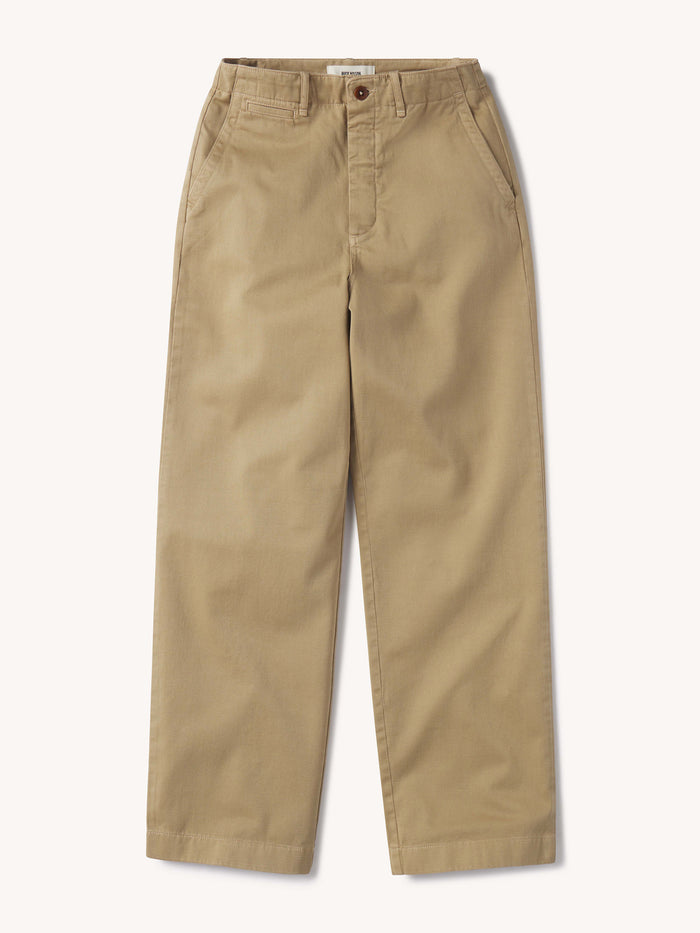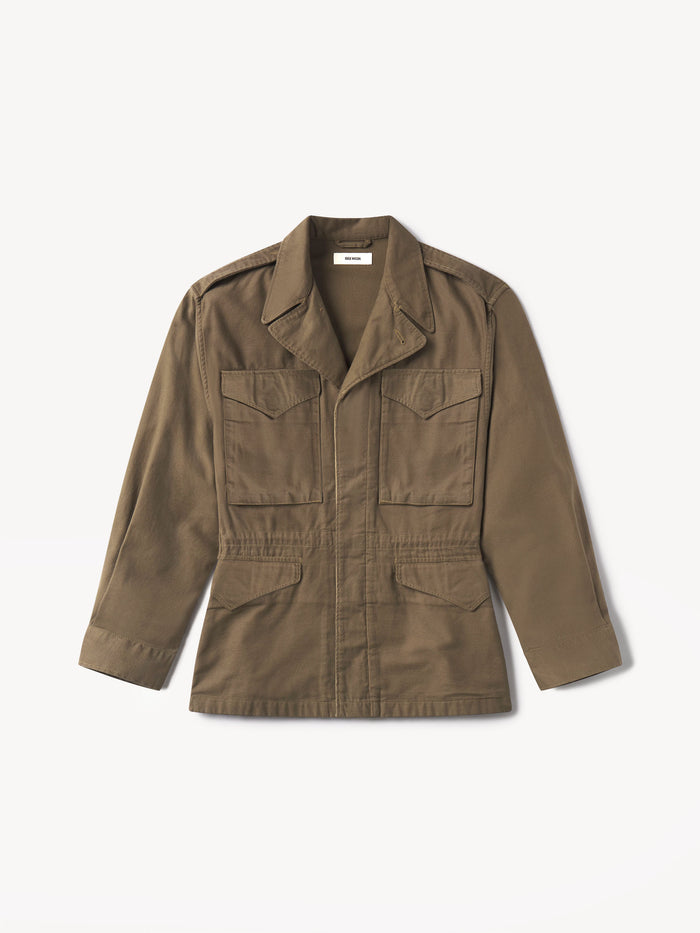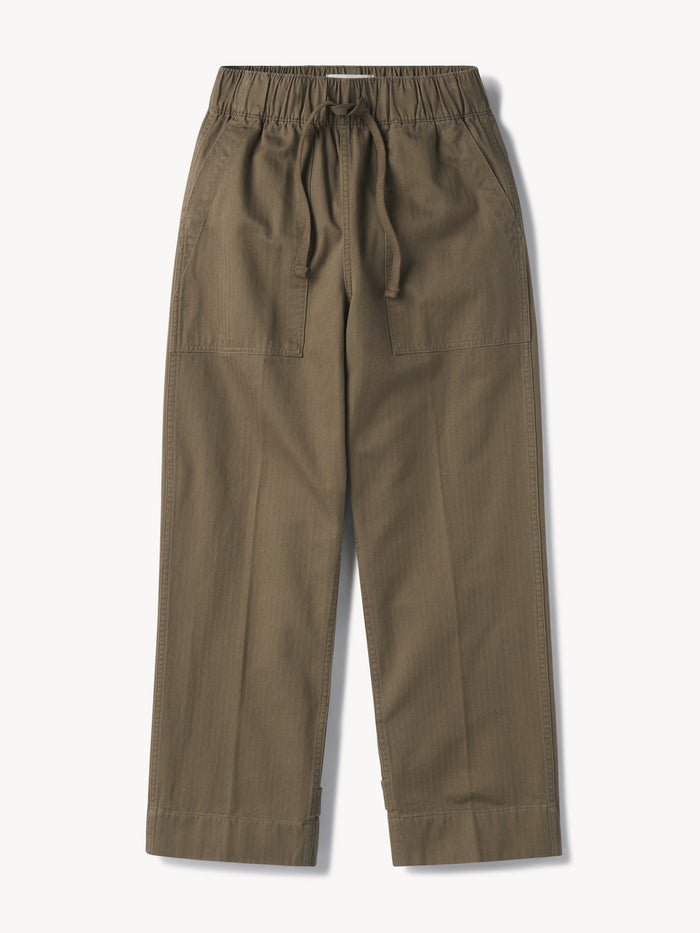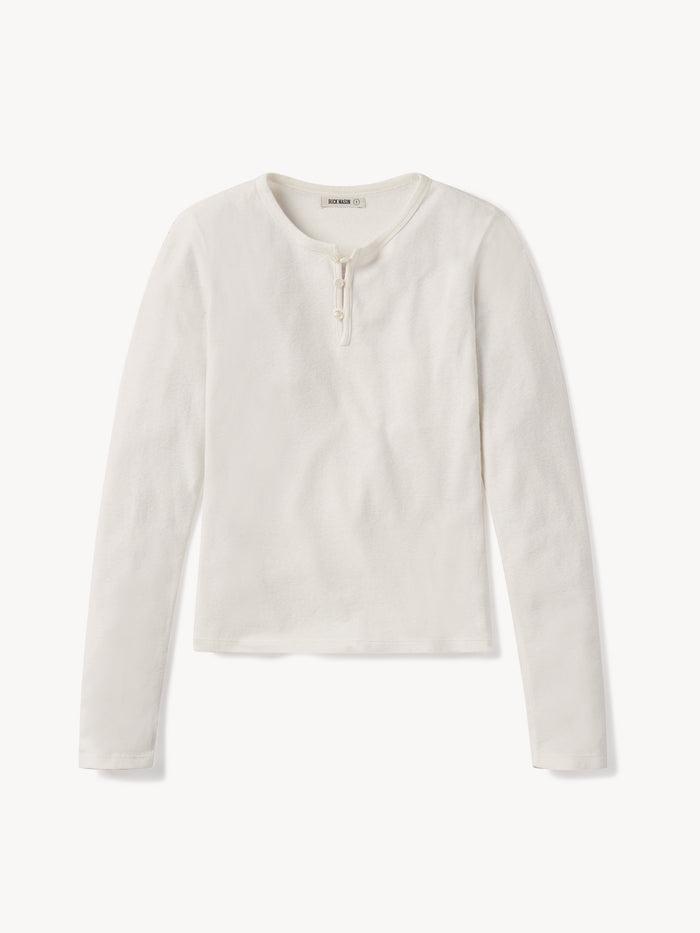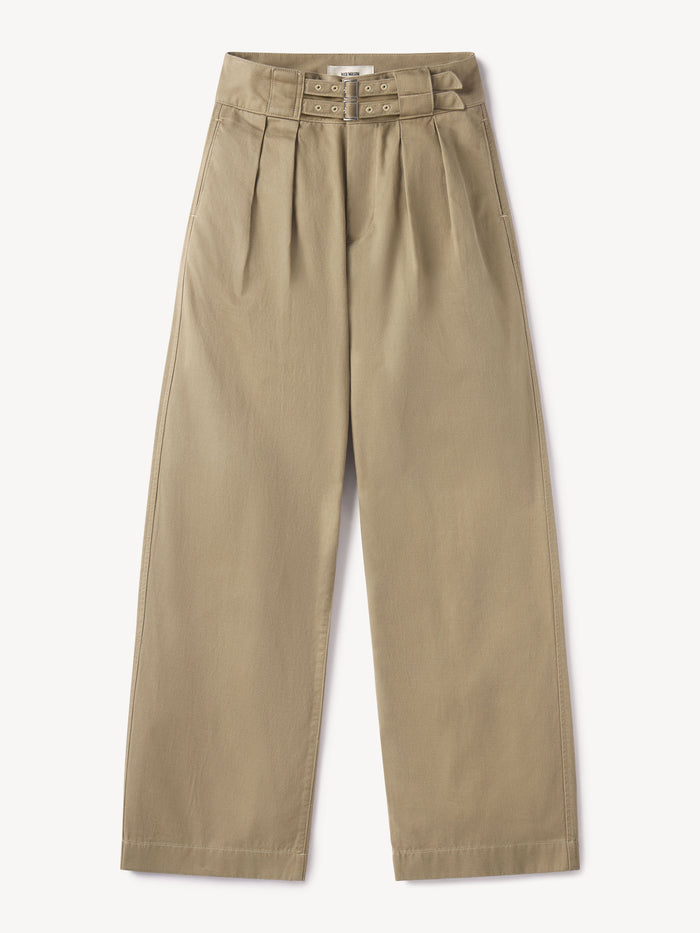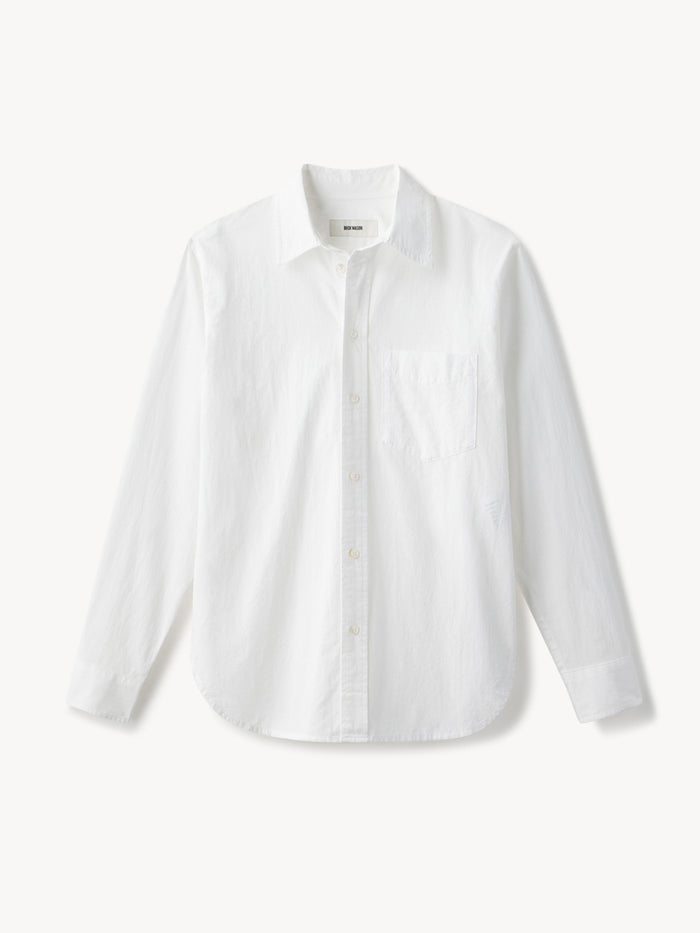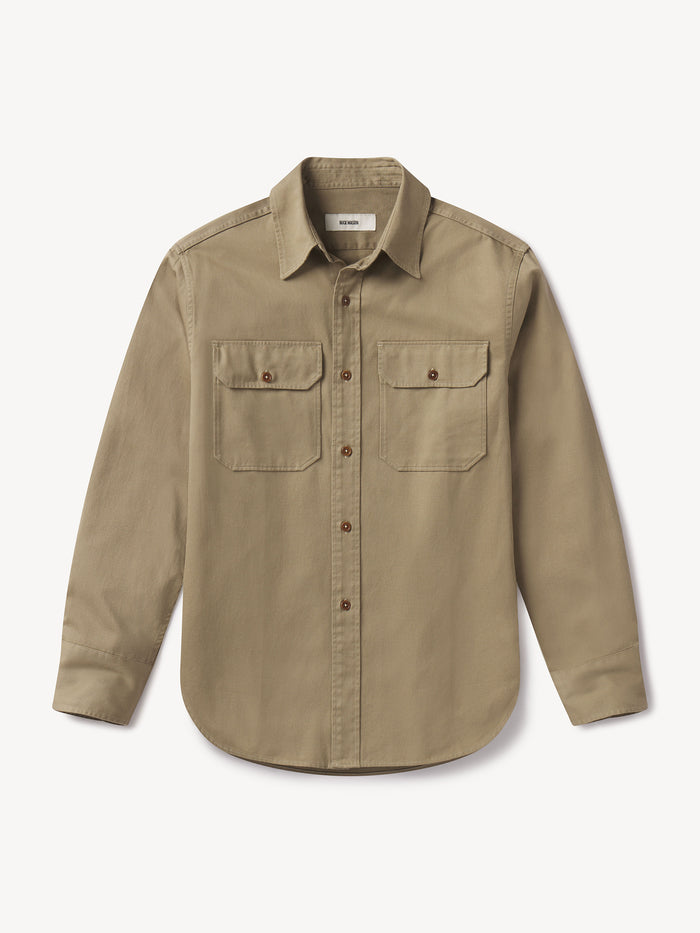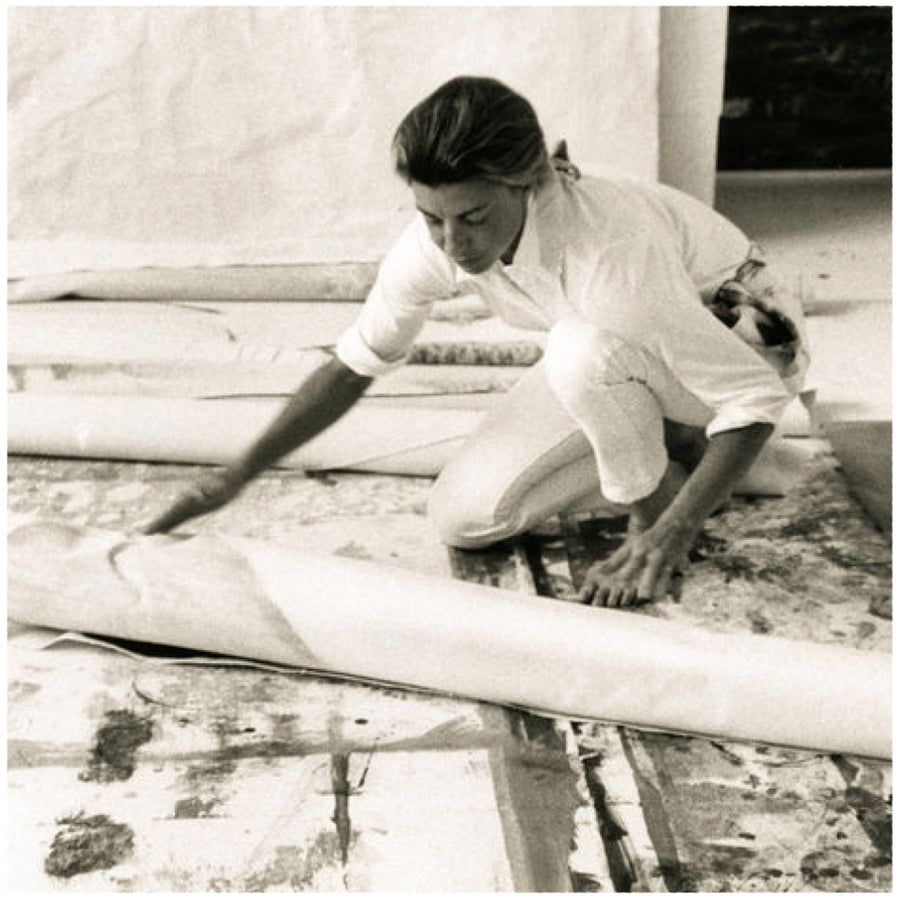
These women were not simply reiterating the spontaneous methods of Abstract Expressionism, but rather actively expanding and defining what would become the first avant-garde movement to originate in the United States.
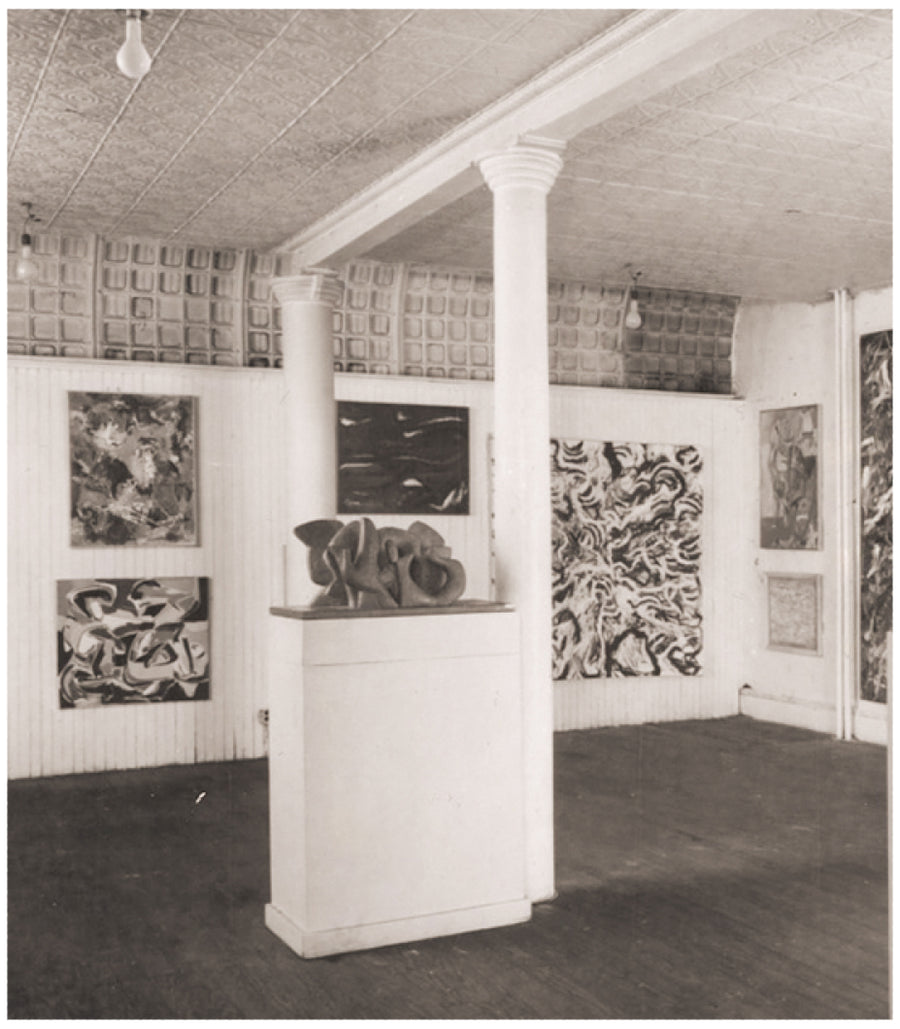
Renegade in both their output and methods of production, their daily uniforms followed suit.

The women of the 9th St. exhibition — their work, their pioneering spirits, and the lives they led — are the inspiration behind our Spring collection. Centered around the idea of individuals who contain multitudes, the collection presents pieces that transition seamlessly between work and leisure.
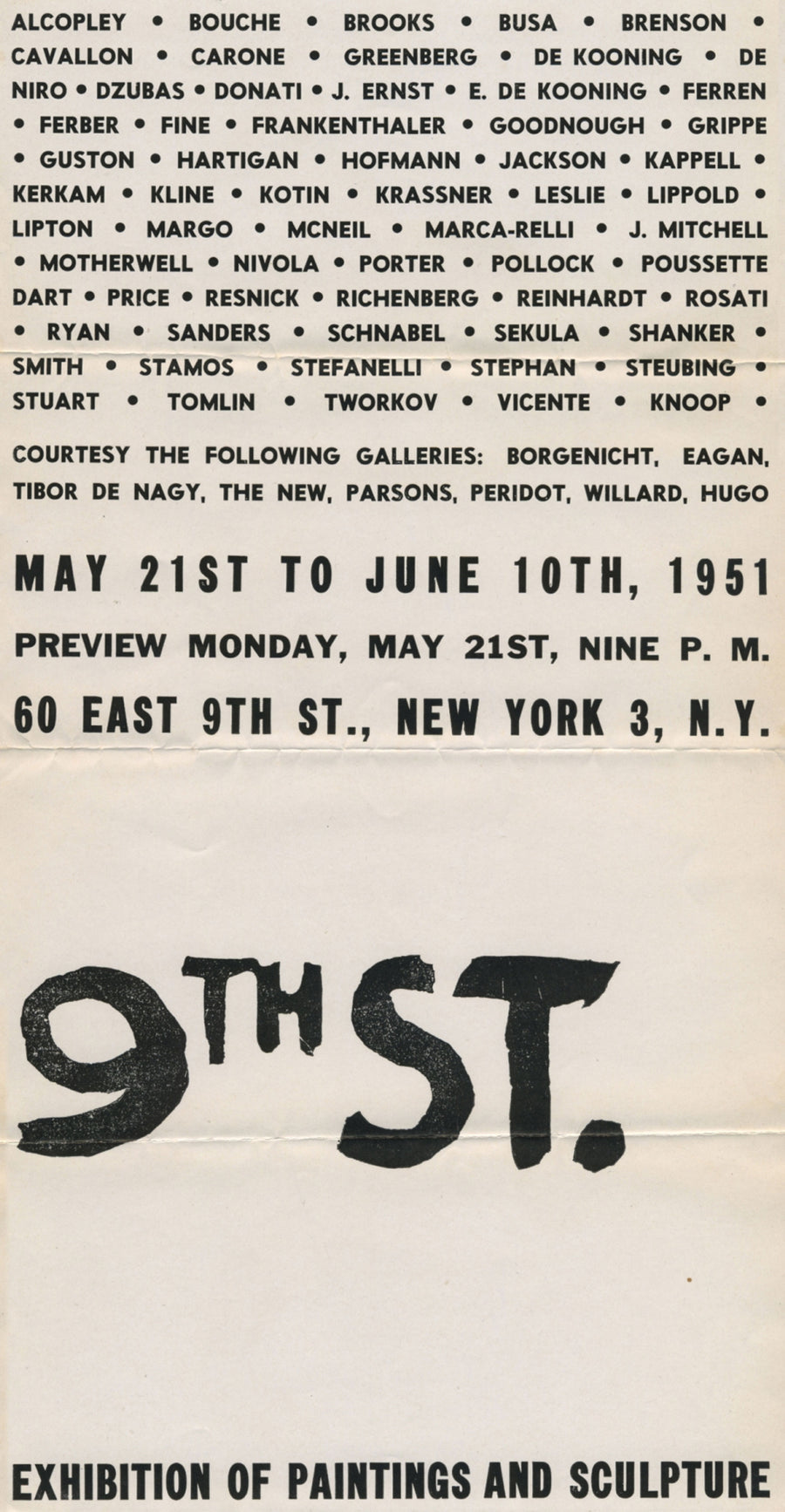


A new, everyday uniform arrives with the Mainstay Cotton Ninth Street Jumpsuit, a workwear staple reimagined with perfectly balanced proportions. An ode to a painter's go-to ensemble, it's finished with button-down construction, a notched collar, and a drawstring waistband. We named it for the legendary moment that brought these trailblazing women into our collective consciousness; an admiring tribute to the artist at work.





